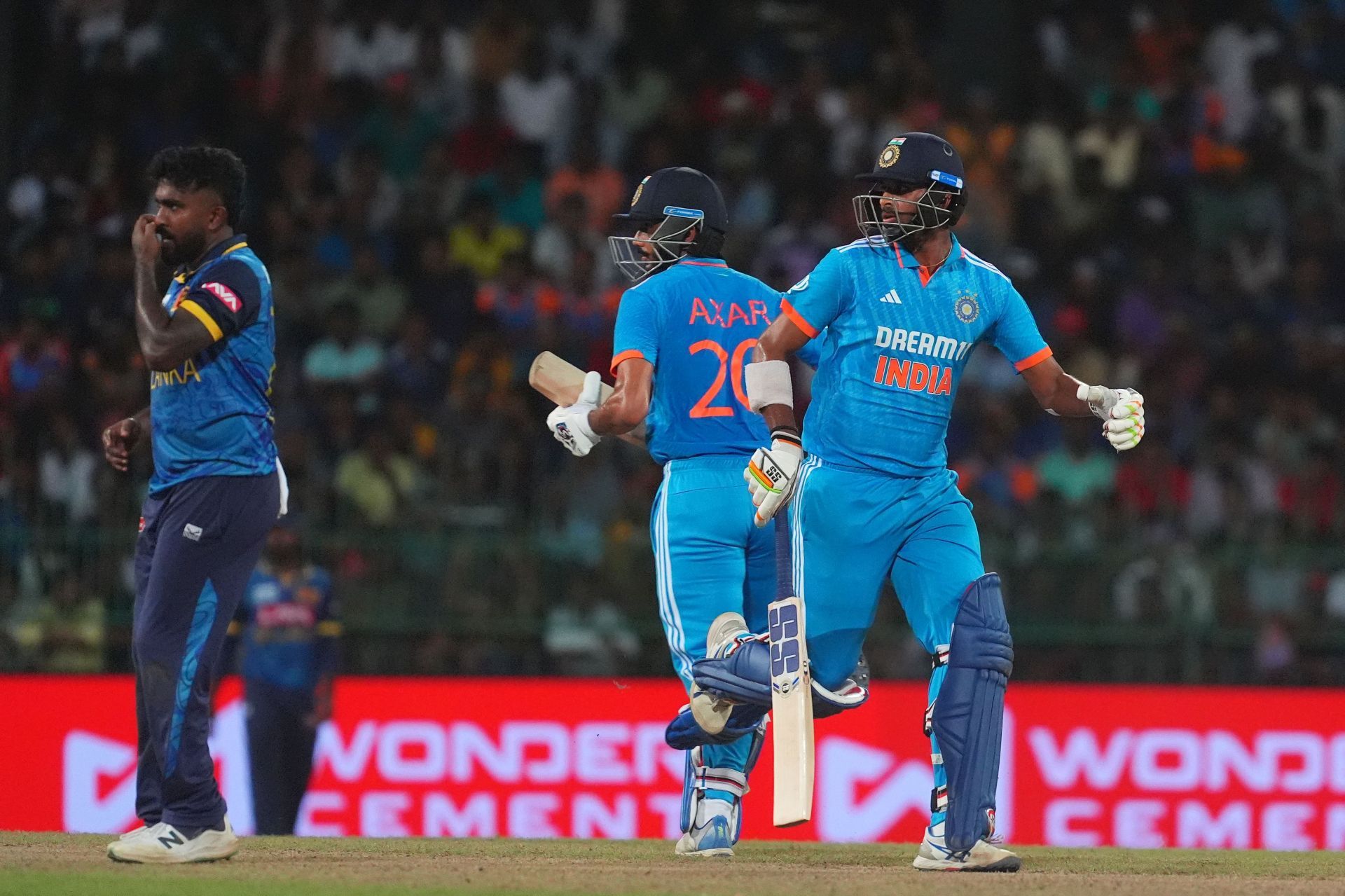
3 major concerns for India after 2nd ODI defeat to Sri Lanka
India had not failed to win an ODI series against Sri Lanka in 27 years. Now, with a line-up not too different from the one that reached the final of the 2023 World Cup unbeaten, they can't seem to win against an injury-affected Lankan team. A tied first ODI and a big 32-run defeat in the second sees them trailing 1-0 in the three-match series.
What changed? The management, first of all -- Gautam Gambhir and Co. have brought new, interesting ideas to the fore which haven't given the team immediate results, though would probably seem quite reasonable in the long-term.
Sri Lanka have also become better. It's only a theory but the women's Asia Cup win seemed an inflection point for the country's cricket, bringing in massive crowds to the stadium which are now creating an atmosphere like never before for the men's team too.
These are all relevant issues but India's problems, at the moment, run slightly deeper, for which need both short-term and more lasting solutions for these. Here are our picks for the top-three biggest concerns for the Men in Blue:
#3 India is missing Jasprit Bumrah a bit too much
Most of the talk in the series has been about India's over-dependence on Rohit Sharma with the bat but that's not as a big a concern as the lack of good returns from Arshdeep Singh and Mohammed Siraj in Jasprit Bumrah's absence.
Though Siraj took an important wicket in the second ODI and Arshdeep did well for his two in the first game, their contributions have fluctuated. India found it hard to break the Sri Lankan stand for the second wicket as the pacers failed to use the help available in the wicket.
The inconsistency followed for a second straight time in the death overs where Sri Lanka's lower-order hitters did enough damage to take the score to a competitive level. The duo has found it hard to land slower-ones in death overs and attempted yorkers have too often fallen into the slot as well.
India has failed to bowl out batting tails and also find wickets in the middle-overs from pace in between spinners' attacks -- both of which are Bumrah's specialties. This over-dependency can't be overlooked and the management would need the two senior pros to either stand-up in the coming games (they deserve a bit of trust) or be replaced.
#2 Same old, same old vs spin
Sri Lanka's superb young all-rounder Dunith Wellalage has been quite a popular name for his batting in this series so far. But some people have forgotten that he was the same guy who took five of the top-six wickets against India with his left-arm spin in the 2023 Asia Cup group stage game.
In the second ODI, Jeffrey Vandersay took out six of the top-seven with his leg-spin as the Indian batting line-up found it hard to read a new-ish bowler off his hands. In that game too, only skipper Rohit Sharma helped himself to a 64(44).
On turning tracks and against lesser-known spinners, India's collapses have become too common for a team that wants to compete for the Champions Trophy in likely spin-heavy conditions next year. Title candidates can't afford to have a weakness as big and obvious as this, and Gambhir would know the team needs course correction.
In the long term, batting coach Abhishek Nayar might have to work with some technical and mental aspects of playing spin. In the short term, Gambhir might consider bringing in Rishabh Pant into the team.
In either case, Sri Lanka will probably throw more spin at India in the final ODI and it'll be interesting to see how Gambhir and Co. respond to the challenge.
#1 A constantly changing batting order
This is an underrated yet massive concern for India. At the 2023 World Cup, the one thing that the team got perfectly right was the batting order.
Shreyas Iyer and KL Rahul proved revolutionary inclusions at number four and five and completely reversed the middle-order issues India had from 2016-2022. Now, Gambhir has come with a different philosophy, which is completely fine, but his tendency to look for the left and right combinations continuously in the middle has sent the order into a disarray.
Iyer and Rahul came as far down as number six and seven in the second ODI - where they couldn't express their game as well as they'd have liked. In the previous game, they batted at five and six -- which are again new positions.
In ODIs, asking players to be flexible and ready to be sent out whenever needed is easier said than done. Again, it's not a bad strategy -- if it's stuck upon for the long run and the players get used to it, India will become an unpredictable team. But for now, the shake-up seems to be going against the players and the team and feels like the undoing of some good work put in by Rahul Dravid's management.